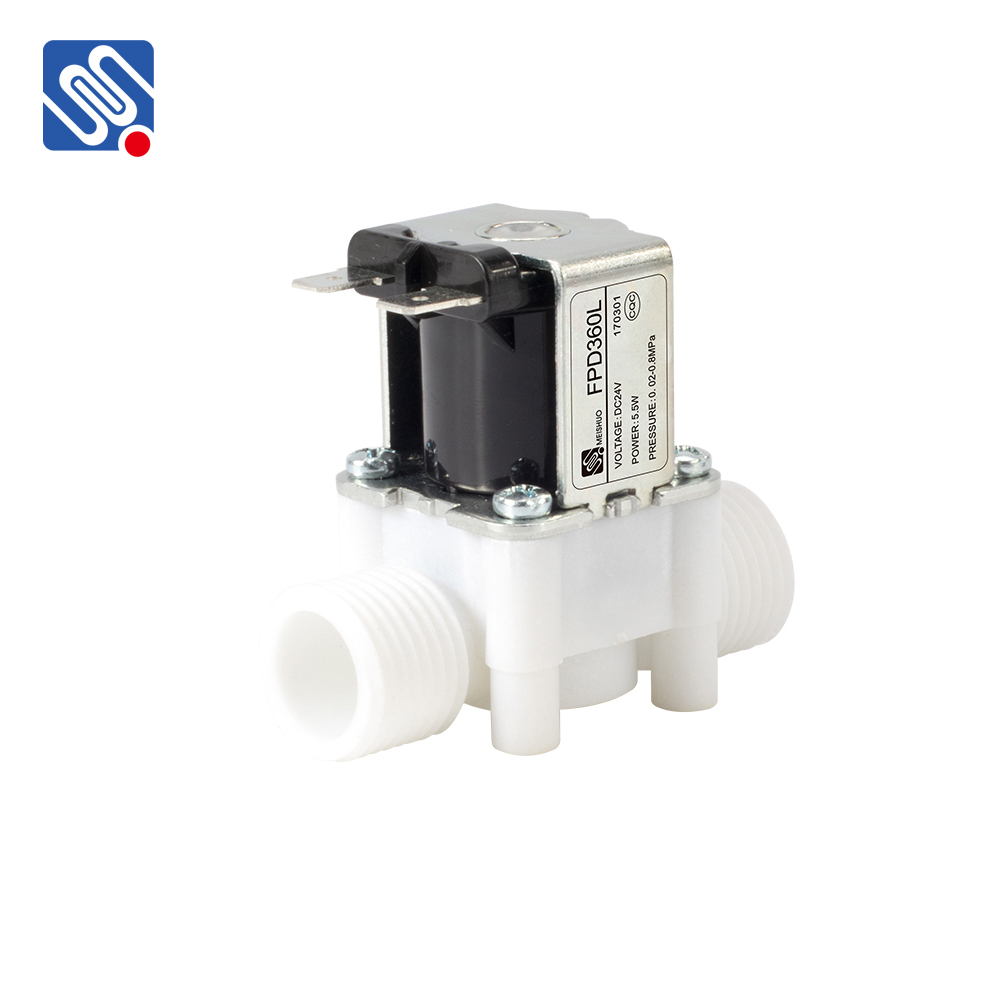A Plastic Water Solenoid Valve is an essential component used in various fluid control systems, particularly for managing the flow of water in different environments. This type of valve operates electronically, providing automation and precise control over water flow in systems such as irrigation, water treatment, and household appliances. In this article, we will explore the working principles, key benefits, applications, and considerations for selecting the right Plastic Water Solenoid Valve for various needs.

What is a Plastic Water Solenoid Valve? A Plastic Water Solenoid Valve is an electromechanical device used to control the flow of water through pipes. It consists of a solenoid, a coil that produces a magnetic field when energized, and a valve body made from durable plastic materials like PVC, polypropylene, or nylon. The valve body houses a movable mechanism that either opens or closes the water passage, depending on the position of the solenoid. When an electric current flows through the solenoid coil, it generates a magnetic field that activates a plunger or diaphragm. This, in turn, opens or closes the valve, allowing or restricting the flow of water. When the current is turned off, a spring mechanism typically returns the valve to its default position, either closing or maintaining the open state, depending on the design.